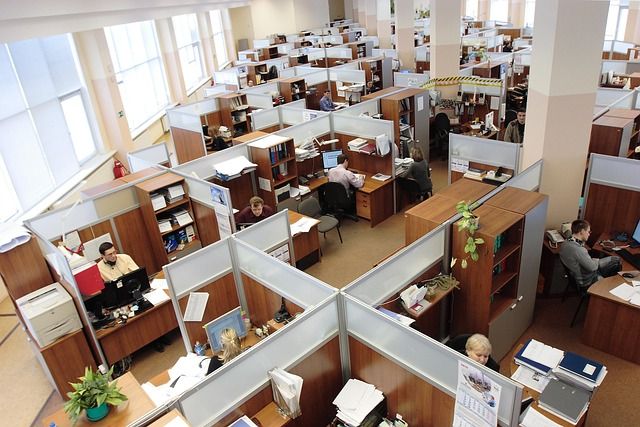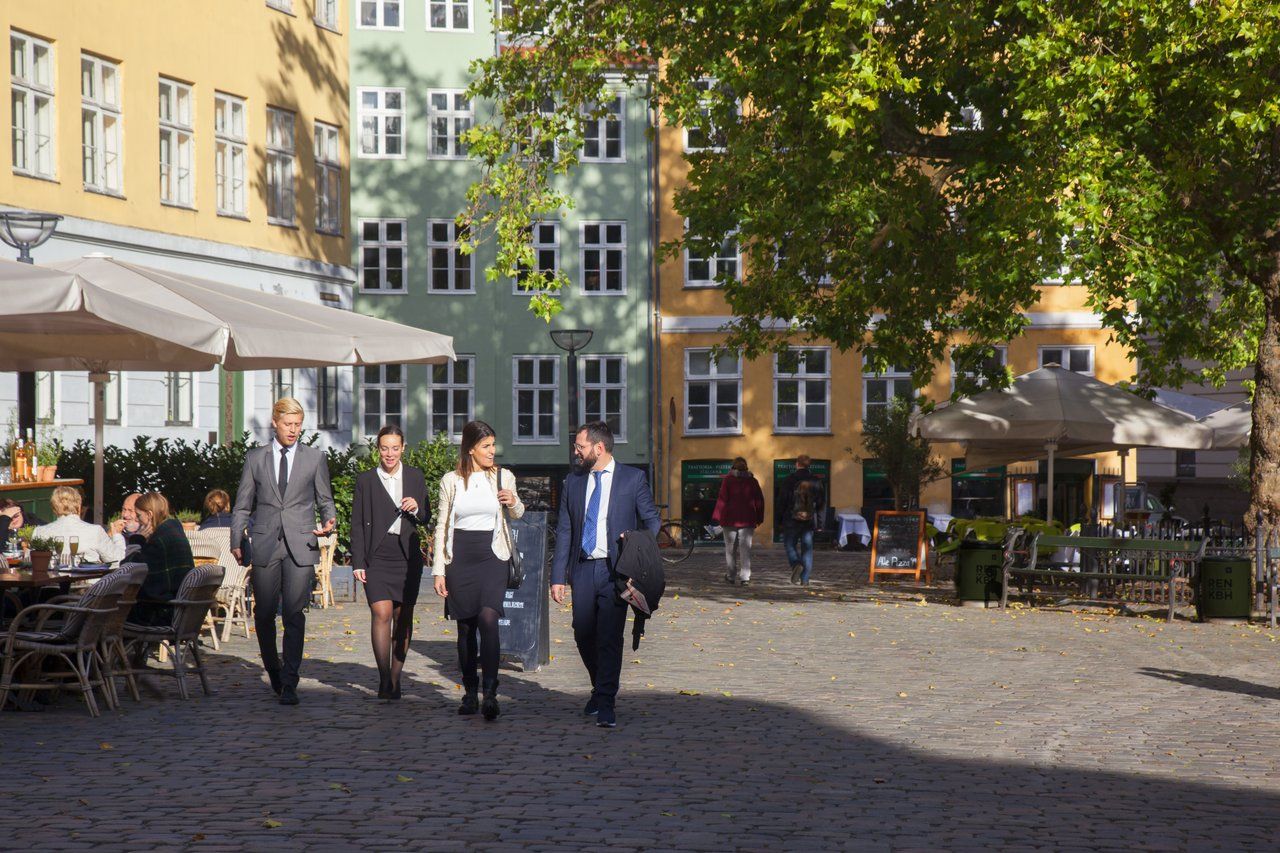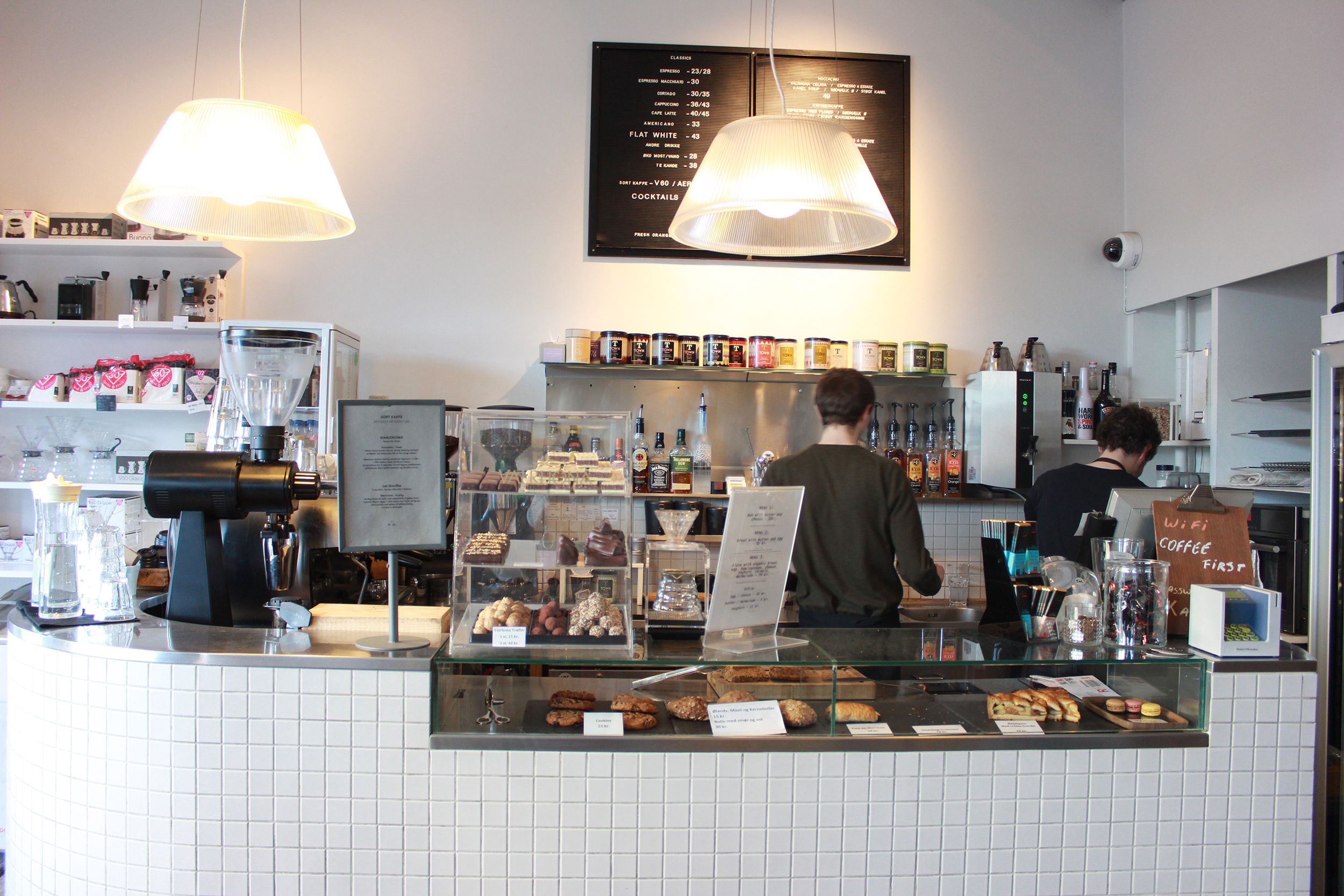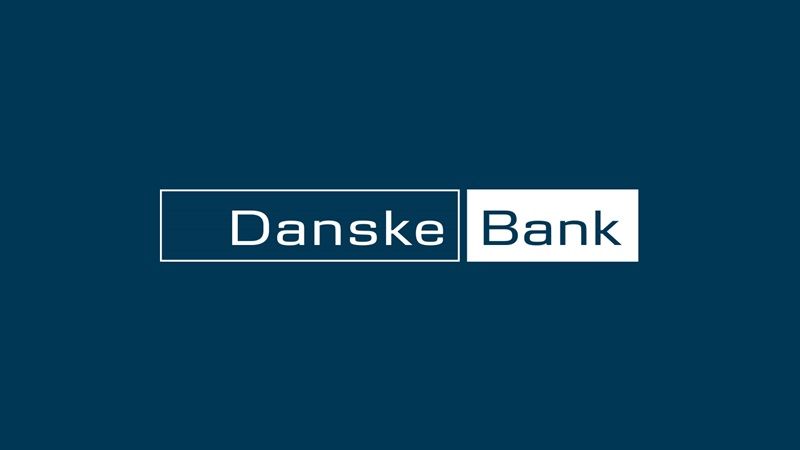Good economic news was a rare find in the final months of 2011. Nevertheless, there were a few bright spots in DenmarkÂ’s economic outlook as we turned the page on the new year.
A couple days before Christmas, Moody’s – one of the world’s top three credit rating agencies – gave Denmark a shiny present: a renewed AAA credit rating.
Moody’s praised Denmark for trimming back its early-retirement programme (efterløn) and raising the retirement age in a bill that was passed on December 21.
“The country’s top-rating reflects Denmark’s stable macro-economic and political environment and its relatively healthy public-sector budget,” the credit agency wrote.
But as with most economic prognoses in these uncertain times, the triple-A rating was delivered with a dose of caution.
“The generous welfare system is becoming less sustainable in light of the global economic crisis, as the debt has risen strongly in comparison with GDP [gross domestic product],” the agency continued. “Right now, the debt is manageable because of the low interest rates in Europe, but when interest rates rise, the debt will become more expensive.”
Speaking of interest, foreign investors continued to turn in large numbers to Denmark as a safe spot to park their money while the Eurozone countries ride out the euro storm.
The German version of the Financial Times marveled that Denmark’s central bank is currently reaping a “premium” to hold investors’ capital – writing that stable Denmark is perceived as a safe haven in the financial storm. While Italy, near the centre of the maelstrom, was selling government bonds at nearly seven percent interest last month, Danish bonds were selling briskly at just 0.03 percent interest, or even at negative interest rates, meaning that investors are, in effect, paying Denmark to safeguard their cash.
In light of the record-low interest rate – and with no expectation of a reversal soon – financial analysts were predicting that Danish consumers may soon see 30-year fixed-rate home mortgages with interest rates as low as three percent.
A brighter picture was also to be found on the Copenhagen Stock Exchange one day into 2012.
The C20 Index, Denmark’s blue chip stocks, was at its highest level since the beginning of August 2011. Even Vestas, Pandora and Carlsberg – companies whose share prices took hard hits in the second half of 2011 – made significant gains of 9.6, 10.0, and 4.7 percent, respectively, in the final days of the year.
While one third of Danish export firms reported softer sales in recent months in a new Rambøll/Jyllands-Posten poll, more than half of Denmark’s export firms reported no negative changes.
“That underscores that the crisis is a debt and finance crisis that, so far, has only had a minor effect on the real economy,” Aarhus University business professor Philipp Schröder told Jyllands-Posten newspaper.
Schröder and various business leaders noted, however, that an actual sales downturn could still follow in the wake of the debt crisis, assuming it continues to worsen.
With cautious optimism, forty percent of Danish companies questioned in the poll were expecting growth and the need for new hires in 2012 – although some of those hires will be at their overseas outposts. Just ten percent of Danish companies surveyed foresaw layoffs in the next 12 months, Jyllands-Posten reported.
However, despite these bright spots – and a 19 billion kroner ‘kickstart’ that the government is investing over two years into infrastructure projects as part of its 2012-2013 budget – a majority of Danes remained pessimistic about the country’s economic outlook, according to another recent Rambøll survey.
“There isn’t a lot of optimism left out there,” Steen Bocian, a chief financial analyst at Danske Bank, told Jyllands-Posten.
And that leaves economic analysts hoping that these economic worries won’t become a self-fulfilling prophecy.














